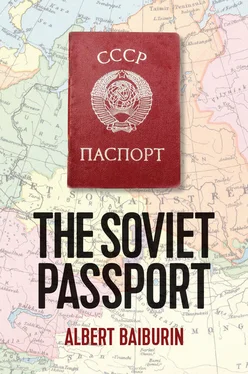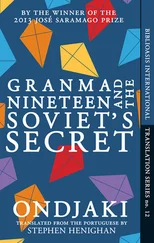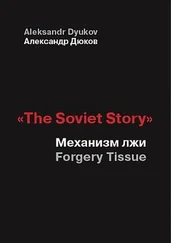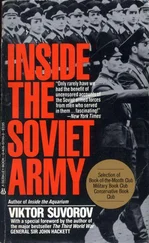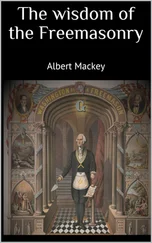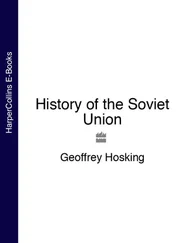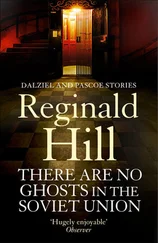‘The temporary work certificate for the bourgeoisie’ (as the employment book for non-working people was described on the form) included the following details about the bearer:
1 Name, patronymic, surname
2 Occupation before the Revolution
3 Title or rank before the Revolution
4 Property status
5 Age or date of birth
6 Place of birth
7 Place of permanent residence
8 Marital status
9 People listed in the employment certificate
10 Liability for compulsory service in the Red Army
11 On the basis of which documents the employment certificate was issued
12 By whom it was issued
13 Type of work assigned to the person.
Furthermore, there was a place on the form for registration of place of residence, monthly comments on how the work was carried out, and weekly observations about work attendance. It is not difficult to see that the collection of details in this unique document were meant to satisfy all the essential demands: not only to confirm the person’s identity and serve as a particular type of employment book, but also to guarantee that the regime could keep the holder under close observation. It is indicative that top of the list are those details that make up the ‘social status’ of the holder (occupation before the Revolution; title or rank before the Revolution; property status).
In December 1918, the All-Russian Central Executive Committee (VTsIK) passed the ‘Code of Labour Laws’, under which ‘every worker is obliged to have an employment book, in which will be entered observations about the work they have done and any awards or grants they have received’. 18The ‘Rules on employment books’ were added as an appendix to Article 80 of the Code. This referred to ‘normal’ employment books for genuine workers. They showed: surname, name and patronymic; date of birth; name and address of the trade union to which the worker belonged; and the category under which the trade union was placed for the payment of dues. The employment book was issued from the age of sixteen years, and if the worker left the job, they retained it. 19The type of information requested indicates that the draft was prepared without the participation of the NKVD. It is significantly different from what was demanded of the non-workers, most notably because of the lack of any information about their social status. There is also nothing in the Rules to say that the employment record replaces the passport and becomes the identity document.
Nonetheless, the idea that the employment book should act also as an identity document remained in force. This was supposed to happen with the introduction of the employment book in Moscow and Petrograd. 20The first point in the Decree of 25 June 1919 declared:
All citizens of the RSFSR who have reached sixteen years of age must have an employment book, which confirms the holder’s participation in the process of production, serves as an identity document within the boundaries of the RSFSR, and gives the right to receive ration cards and the right to social benefits in the event of the loss of the ability to work or unemployment.
Note 1: Soldiers and sailors of the Red Army and Navy must have the same employment books as everyone else.
Note 2: Children who, according to the birth certificate or document issued by the registry office, are under sixteen years of age are entered into their mother’s employment book. If they have no mother, they are entered into the father’s book. If they have neither parent, they will be entered into the book of whoever is their guardian.
Note 3: In the event of the bearer moving to a place where employment books have yet to be issued, the book will serve solely as an identity document. 21
Judging by Article 14 of the Decree, it should have been followed up by the instruction, ‘on the order of introducing employment books to take the place of passports and other identity documents’. However, even in Moscow and Petrograd the introduction of the employment book as an identity document came up against organizational difficulties and was not fully implemented. What was more, implementing the idea of the universal obligation to work was impossible without registration of all those who came under this obligation, and the authorities found themselves having to do battle with so-called ‘labour desertion’.
In a Resolution of the IX Congress of the Russian Communist Party (Bolsheviks) (RCP(B)), which took place in March–April 1920, the situation was summed up thus:
In view of the fact that a significant number of workers, in search of better food provisions … are leaving their workplace and travelling from one place to another … the Congress sees as one of the urgent tasks of the Soviet authorities … to carry out a planned, systematic, thorough and strict battle against labour desertion, in particular by publishing lists of deserters who have been punished; by creating teams of deserters for penal work; and finally, imprisoning them in a concentration camp. 22
This shows that the authorities were prepared to take brutal measures to bring the desired order into registering and controlling the workforce. However, the switch to the New Economic Policy demanded a different strategy in relation to the ‘labour reserves’. The idea of forcing people to remain at their workplace became a serious impediment to attempts to carry out plans to improve the economy. The plan to exchange the passport (or identity document) for the employment book was abandoned. From now on these two documents, which were so vital in Soviet life, were to develop separately. 23
Like the employment book, attempts to make the passport ‘the main document’ also saw some false starts. This is hardly surprising, given that this was tried against the background of the Civil War which was raging across Russia. The ‘Instruction on the Order for Distributing Passports and Temporary Certificates’ can be considered as the first attempt to do this. This was issued by the Main Directorate of the Soviet Workers’ and Peasants’ Militia of the NKVD in 1919. Passport booklets were designed on the basis of this Instruction, and they were then distributed by the various district police directorates in towns and the countryside. The passport had to contain the following details: (1) date of birth or age; (2) type of employment; (3) marital status; (4) children under the age of sixteen years; (5) liability for compulsory military service; (6) attitude to Article 65 of the Constitution (see below); (7) signature of the passport holder. Should the holder so wish, their photograph could be included.
Article 65 of the Constitution concerned people who had been denied voting rights. 24These people were supposed to receive a passport with a special note under point six above. Only those for whom it was essential to have a passport were issued with one. However, this project, too, was not fulfilled, although a few individual passports were issued. 25
Throughout the country, people continued to use a wide variety of documents as proofs of identity: old residence permits; passport booklets; birth and marriage certificates; work passes; and all sorts of certificates and warrants issued by different departments of the new authorities. In January 1923, this was how the People’s Commissar for Internal Affairs, Alexander Beloborodov, described the situation in a note addressed to the Politburo of the Central Committee of the RCP(B):
Since the start of 1922, the NKVD has been faced with the problem of the need to change the existing order on residence permits. The Decree of VTsIK and SNK of 28 June 1919 allowed for the introduction of employment books only in Petrograd and Moscow, whilst making no provision for any kind of documents anywhere else in the Republic, apart from a vague reference in Article 3 to the existence of the passport, on production of which an employment book would be issued. With the introduction of the New Economic Policy (NEP) there was no point in issuing employment books in Moscow or Petrograd; furthermore, the decision to allow private trade and private production made it essential to have a much more exact registration of the urban population, and, consequently, the need to establish order, so that this registration could be carried out fully. On top of this, the practice of de-centralizing the issuing of documents led to the emergence of a wide variety of documents, both in appearance and contents; also, the certificates that were issued were so simple that it was very easy to forge them. This, in turn, greatly hampered the work of the investigating authorities and the militia. Taking all this into account, the NKVD drew up a draft document which, having been agreed with the relevant authorities on 23 February 1922, was passed to the SNK for approval. In the SNK Committee [Russ: Maly Sovnarkom ] at its session on 26 May 1922, it was decided that it was pointless to introduce a single residence permit for the RSFSR…. Finally, on 14 September 1922 the question was brought once again before the Presidium of the VTsIK, and on this occasion the issue of the introduction of a single residence permit was put to one side and no directive was issued on this question. As a result, this matter has dragged on for the whole of 1922, yet no decision has been reached. The demand for a standardized document which can be used for identification is so great that in some places they have already begun to come up with their own solutions. Drafts have been drawn up in Petrograd, Moscow, the Turk-Republic, Ukraine, the Karelian Commune, the Republic of Crimea and a whole list of districts. Allowing a variety of identity documents for different districts and areas makes the work of administrative departments much more difficult and creates all sorts of problems for the local population. 26
Читать дальше
